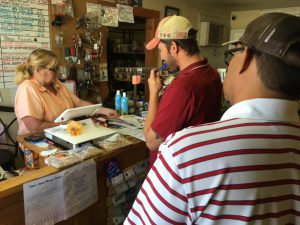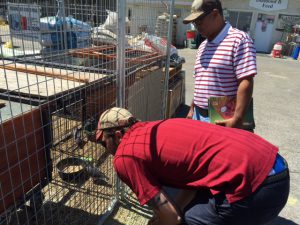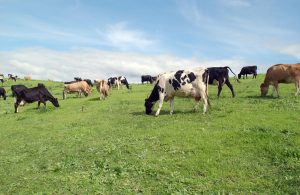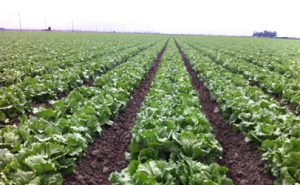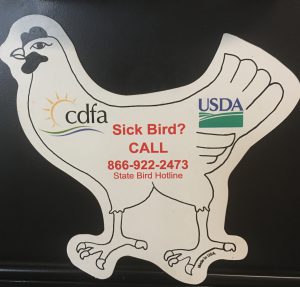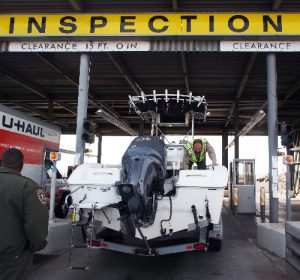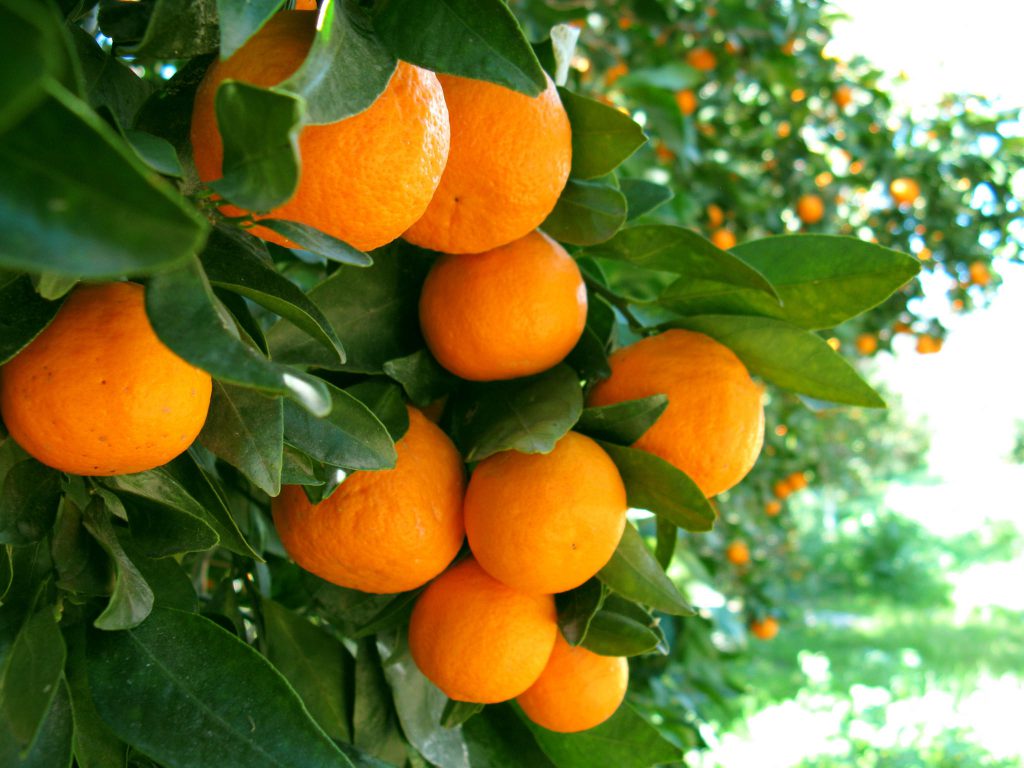
From the Sacramento Bee
By CDFA Secretary Karen Ross and California State Water Resources Control Board Chair Felicia Marcus
When we read about drinking water problems like those in Flint, Mich., it’s easy to think that would never happen here. But the unfortunate fact is that many local water systems in California are failing to provide safe drinking water to their customers through no fault of their own.
In roughly 300 communities, from Trinidad to Tulare and Riverside to Oceanside, tap water has tested high for arsenic, nitrates, uranium and other chemicals that can cause learning disabilities, miscarriages, birth defects, and cancer. Right now, hundreds of thousands of Californians lack access to clean water for drinking, bathing and cooking. Children and the elderly are at the highest risk.
Since California passed the Human Right to Water Act in 2012, the state has made some important strides to address this crisis. Using funds from Proposition 1 and other sources, we have provided hundreds of millions of dollars in grants and loans to help build new water treatment plants and other infrastructure in disadvantaged communities. And we’ve consolidated smaller systems in communities like East Porterville, where clean water now flows into hundreds of homes that were without it.
But despite years of effort, we still face a fundamental problem that stops us from helping many Californians. Many smaller water systems lack adequate resources to pay for ongoing operations and maintenance of modern treatment facilities. Bond funds and loans can’t be used to cover these costs, but without these resources, small systems don’t qualify for the funding that is available to cover the capital costs of these projects.
It is a Catch-22 that has created a world of water “haves” and “have nots” in the fifth largest economy in the world.
The Legislature has an opportunity to end this crisis once and for all. The governor’s proposed budget includes a new Safe and Affordable Drinking Water Fund created from fees on fertilizer, dairies and livestock, and a fee of less than a dollar a month assessed on water bills. A bipartisan and diverse alliance of farmers, disadvantaged communities, public health advocates and water systems supports the proposal – as do the vast majority of Californians according to a recent Water Foundation poll.
The new fund will create a modest state safety net to cover urgently needed updates to out-of-compliance water systems. It will facilitate the consolidation of small, financially struggling water systems with larger, more stable ones or with a group of communities that can find an economy of scale. And most critical, it will help cover ongoing water treatment costs, providing the last piece of the puzzle for small systems that are currently unable to get grants and loans and hire qualified managers.
Some people argue general fund dollars or enforcement fines should cover these costs. Let’s be clear: Existing funds would not provide the kind of multi-year funding guarantee needed to secure capital financing and maintain critical water infrastructure 24 hours a day. The proposed dedicated funding source will not compete with other general fund needs and will provide the state with essential infrastructure investment and public health protection over time.
Using fees to pay for the state’s basic needs makes good sense. We fund rural internet broadband service through fees on our cell phone bills and low-income heating and cooling assistance through fees on our gas and electric bills. The proposed drinking water fee of less than a dollar a month has the same clear connection to addressing a critical need – and costs even less.
As public servants, it is our job to champion the concerns of ordinary Californians and deliver life’s basic necessities. That is why we are urging members of California Legislature to approve the Safe and Affordable Drinking Water Fund this session.
Every month we fail to provide this funding is another month too many California families have to choose between buying bottled water and taking their chances with toxic taps. California can do better, but we need the right tools to do so.
Link to article
